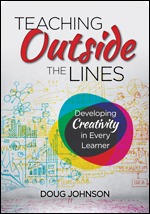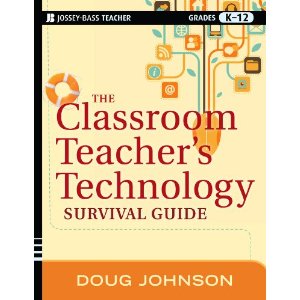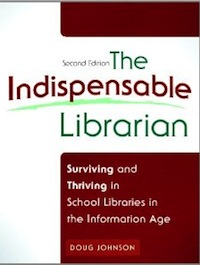Hiking in Malta; hiking through history
 Thursday, November 30, 2023 at 09:16AM
Thursday, November 30, 2023 at 09:16AM
Breakfast at Chapel 5 B&B in Naxxar
Learning has always been my primary motivation for traveling. New landscapes, new foods, new customs, new histories - I enjoy them all. But I forget sometimes that traveling is also a means for learning about oneself. I was reminded of this on my recent trip to Malta.
Germany’s largest wine barrel. I could only finish half.
After spending a couple days in Germany en route (visiting the Heidelberg Castle that I remembered from a Rhine River cruise in the 1980s), I flew to Malta - the largest of three islands that make up the world’s 10th smallest country in area. I signed up for a late November self-guided hiking trip with MacsAdventure at a somewhat late day. My regular travel buddy had already taken trips with her sister and daughter this fall, so I went solo on this one.
View from hike near Mdina
Five days of hikes on three different islands were challenging enough for this 71-year-old. Part of the reason for going on this trip was to simply reassure myself I was still capable of doing eight and nine mile hikes. (I was.) And it was also to reassure myself I had the mental acuity to deal with international navigation, train and bus schedules, new phone SIMs, etc. (Pretty good this trip.) Although the weather was less than ideal - drizzle and winds most days, downpours on three days, I enjoyed the hikes. MacsAdventure uses downloadable GPS maps of each hike which worked great. I saw virtually no other walkers any day, except for the walks in towns.
Single lane stone foot path - good hill on the other size
I have to say that the country of Malta is not really very pretty. Rocky landscapes, uncontrolled building development, and post-harvest fields (along with the gray skies), wasn’t postcard material. Many of the bays and seashores were lovely and old churches and fortresses were amazing. 90% of the roadways through towns were basically narrow alleyways - amazing to watch the huge public buses navigate through these tight streets. Oh, Malta as a former British colony drives on the left side of the road.
Typical street in Mdina. Designed to be confusing to invaders who would all be within an arrow flight’s range.
What did make this visit fascinating was Malta’s historical remains. From the 5000 year old stones of Ggiantia in Xaghra to the Mdina fortress, evidence of cultures and civilizations told stories of how these island were alway changing. Located between Europe and Africa and on the Mediterranean sea lanes of corsairs and Turkish navies, the islands were invaded, looted, terrorized, and enslaved throughout history. I am reading David Ball’s historical fiction novel Ironfire, set in 16th century Malta.
Walls of Victoria’s Citadel
I stayed in two B&Bs on this trip. One in Naxxar (na’shar) on Malta and one in Xaghra (sha’-ra) on Gozo, the smaller island to the north. The B&Bs had both good and poor elements. Great breakfasts, friendly hosts (although at one there was only one worker and she spoke NO English), the rooms were clean and beds comfortable, and the shower water was hot. The B&Bs both were converted old houses, some 300 to 400 years old. Narrow winding staircases, thick walls, small windows, lots of steps, confusing floorplans - not dungeons, but a castle-like feel. My main problem with both B&Bs was their location. Both in small towns. Both a long walk to the nearest restaurants and grocery stores (about half a mile in Botanica's case). I am no nightlife party-animal, but neither place had other residents with the exception of two nights. It was strange being the only person staying in these dark, chilly rustic places. I read six books over the course of my stay.
Citadel on the hill - the end of my seven mile hike for the day
It was perhaps staying in these old, too quiet residences and hiking alone on isolated paths that I also learned that solo travel does not hold the appeal to me that it once did. When employed, it was good to get away by oneself now and then. Now retired, I have plenty of solitude day-to-day. My view has always been that a great travel year is comprised of one solo trip, one trip with a lover, and one trip with family. I may need to revisit this. My solo trips may now be with guides and groups.
Salt pans on the coast of Gozo







